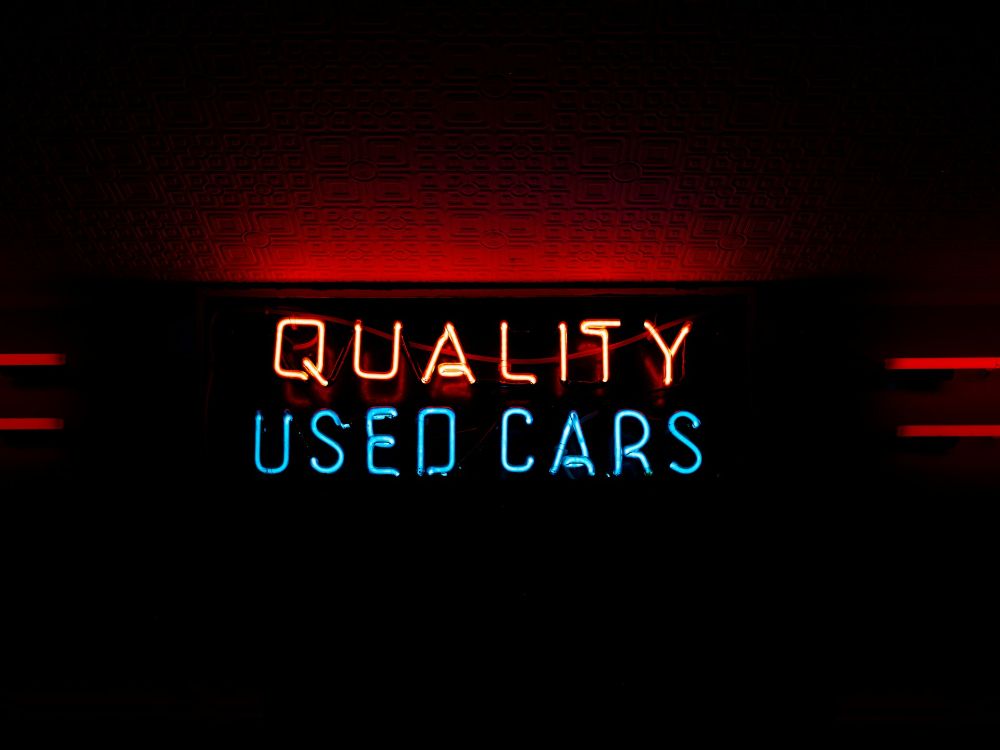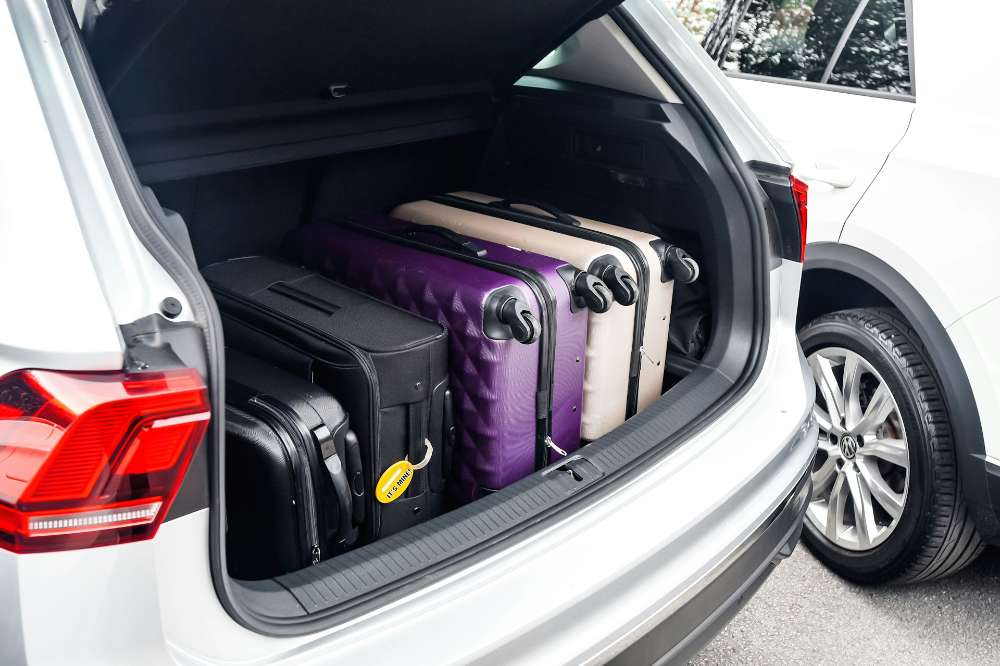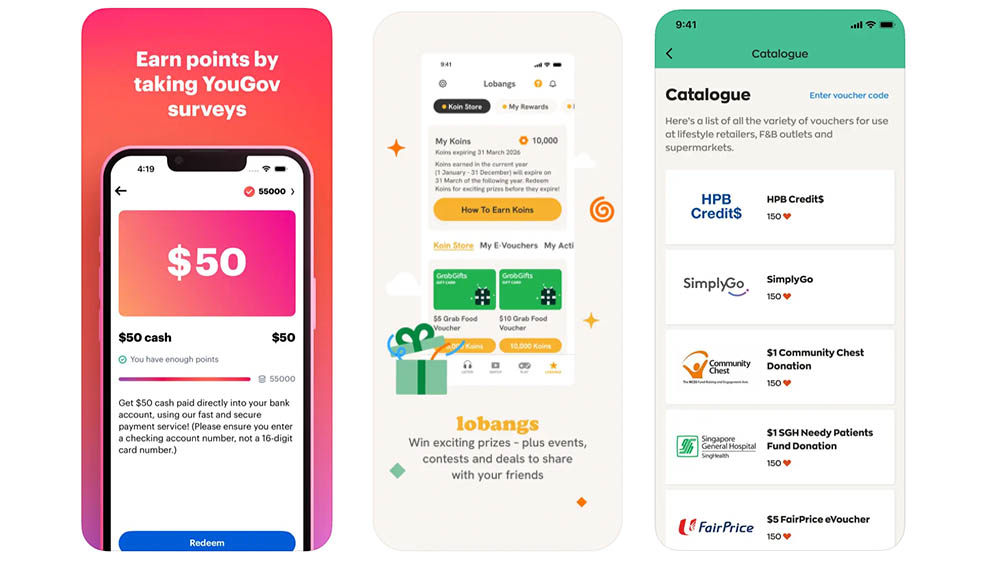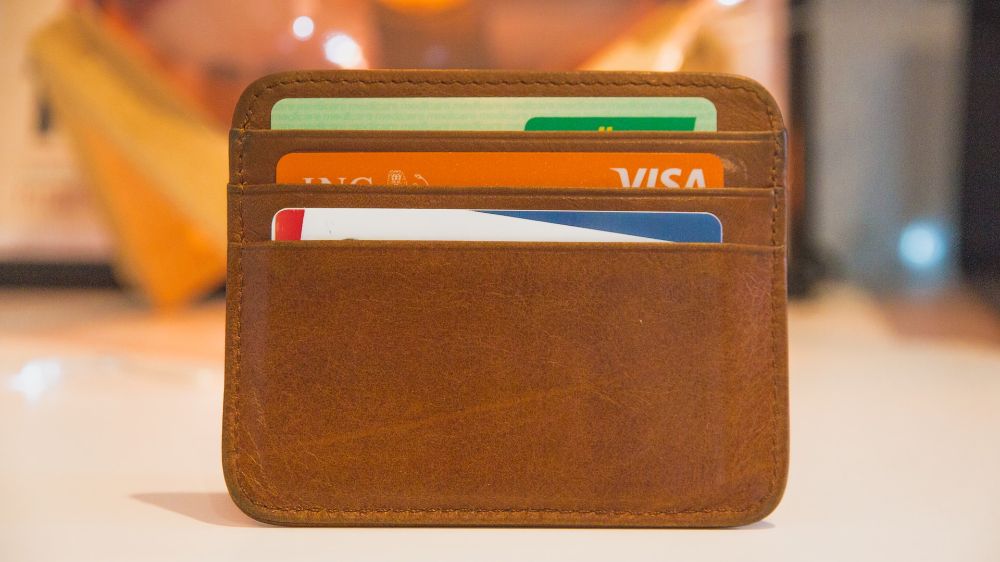Considering Buying A Family Car? Don't Make The Same Mistakes I Made
Nobody likes dealing with Grab surcharges, crowded trains, and the struggle to find taxis when it’s raining. Once children, pets, and additional caregivers enter the picture, ferrying everyone from one place to another gets even more complicated (and expensive).
A family car might feel like the most straightforward solution, but unlike purchasing a car for individual or couple use, getting a car for one or more children or even a pet means prioritising practical considerations over cosmetic appeal. And it’s not very cost-effective to go with the attitude I initially had - “Oh, I like this car! It might not be the best family car down the road in terms of space and functionality, but we’ll figure it out then!”
A car is a long-term investment – also, hello COE - so you'll want to avoid changing vehicles unless you really have to. Also, don’t forget to consider the (ongoing) annual cost of insurance and maintenance that your car requires after buying it.
With all that in mind, purchasing your first family car can be rather overwhelming. Here are some common mistakes to avoid:
Only including the base cost of the car in your budget
Are you leaning towards a used car or can you afford a brand new one? Whether it is an EV, hybrid, or petrol car, look for a vehicle that fits within your price range and offers good value for the money, while still aligning with your family's needs. I started off strong with a budget in mind, but that was quickly forgotten when I decided I liked something outside of my price range. Hidden fees and future maintenance costs add up quickly, so you might find yourself spending far more than you anticipated.
 IMAGE: UNSPLASH
IMAGE: UNSPLASH
Not inspecting used cars thoroughly before purchase
Obviously, no one is going to try selling you a car that looks like a pile of junk and sounds like one too, so don’t get carried away if your initial test run seems OK. When you buy a used vehicle, you are basically buying what you see, in the condition that it's in. While the car may look good and drive well, don’t blindly trust the seller, especially if you don’t know them personally. Sometimes, issues with the car might only become apparent 3 to 4 months down the road, resulting in hefty maintenance costs or, if the problems are severe enough, forcing you to buy another car altogether. (I learnt this the hard way!)
Make sure that your shortlisted used car is in good working condition by requesting for a vehicle history report (available from the OneMotoring website), for details on the car’s accident history, ownership details, and other relevant information to consider when buying the car.
Also, for further peace of mind, make sure the car has passed a roadworthy inspection by having it thoroughly inspected by an independent licensed mechanic - not someone recommended by the seller. Better yet, take it to an LTA-Authorised Inspection Centre (AIC), such as VICOM, STA, or JIC inspection centers. Inspections currently cost approximately $69.
Underestimating the importance of safety features
If you can afford it, look for newer car models that have enhanced safety features such as blind spot monitoring, reverse camera view, forward collision warning, as well as proximity alerts. Find a vehicle's safety rating by looking at the Euro NCAP website and the ANCAP safety ratings.
 IMAGE: UNSPLASH
IMAGE: UNSPLASH
Choosing form over function
While I started my car search with the right intentions, I (unintentionally) made the mistake of compromising on boot space for a car that looked better on the outside.
A family car should be spacious enough to accommodate everyone and everything easily. Think prams, strollers, sports equipment, school bags, and maybe even bicycles. Also, if you have small children, make sure the car has enough space for baby seats and rear-facing car seats to be installed easily, with enough space still for the front seat passenger. Often, we don’t think about these things until it’s time to actually install a car seat - and by then it’s too late.
Not considering fuel/battery efficiency
Petrol isn’t cheap in Singapore, so fuel efficiency is important. Opt for a car with good mileage or an efficient battery for hybrid or electric options. If you go for an electric/hybrid car, consider the convenience of getting to the nearest charging points for you (although increasingly, it is getting easier to charge a car almost anywhere on the island).
Rushing the test drive
I don’t know about you, but I get really conscious when taking a car out for a test drive, feeling a lot of pressure if it becomes a bit of a long drive.
It’s OK to take your time on a test drive! Take the time to drive on the highway, and to get used to the different controls, brake reaction time, and safety features, while also assessing how comfortable you are driving the car.
Rushing your decision
Buying a safe car for your precious cargo will be one of the most important decisions you make, so please don’t rush the process. Do your research online before you start looking at actual cars, keeping in mind a good track record for reliability and safety, fuel efficiency, and how much regular maintenance will cost you in the future after buying the car.
For the latest updates on Wonderwall.sg, be sure to follow us on TikTok, Telegram, Instagram, and Facebook. If you have a story idea for us, email us at [email protected].











